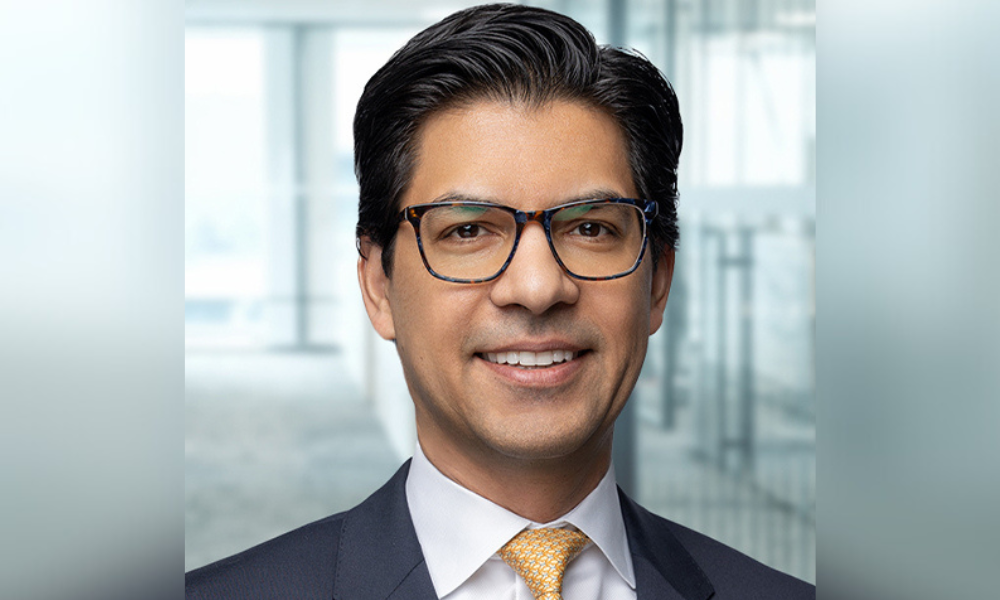ETF and mutual-fund flows in the first half of 2018 suggest that investors are on a bargain-hunting tear

Whether it’s due to a decrease in willingness or a reduction in ability to pay for fees, fund investors in the US are continuing to cast their voting dollars to keep low-cost products in power.
“Investors are all but demanding free access to portfolio management,” wrote Elisabeth Kashner, director of ETF research and analytics for FactSet, in a recent article. “ETFs that once held market share by offering unmatched liquidity are now losing ground to cheaper equivalents.”
Looking at FactSet data for the broader industry, Kashner said, equity ETFs took in US$70.67 billion in assets in the first half of 2018. Equity mutual funds, meanwhile, bled to the tune of US$47.57 billion, according to estimates from the Investment Company Institute. She attributed it to a wide disparity in fees, with equity mutual funds carrying an asset-weighted 0.59% as opposed to the 0.21% for equity ETFs by the end of 2017.
Bond ETFs and mutual funds both advanced, though ETFs captured a full 3/8 of bond fund flows despite having only 1/8 of total bond fund assets. Again, ETFs were cheaper than their mutual-fund equivalents, with bond mutual funds costing 0.48% against 0.19% for bond ETFs.
The migration toward low-cost options has also been evident within the mutual-fund space, particularly into index funds. ICI 2018 Fact Book data showed US$285 billion leaving active equity mutual funds in 2017; over the same time, equity index funds gained US$728 billion. Fees for equity mutual funds were approximately 0.78% on an asset-weighted basis by the end of 2017, while index equity mutual funds cost 0.09%.
“[T]he ETF space has become ground zero for the fee war,” Kashner continued, noting that a sustained deflation in headline fees hasn’t curbed the rush into the lowest-cost options. ETFs gaining market share generally boasted a mere 0.19% fee on an asset-weighted basis, while losers cost 0.27%.
“Investors were willing to pay for alternatives, and for short-term-use geared funds,” she added, referring to two fund classes where market-share gainers had higher fees than losers, “but that’s about it.”
In the alternative ETF space, the market-share gainers had an average fee of 0.86% on an asset-weighted basis, as compared to 0.79% for losers. Similarly, gainers in the geared ETF space averaged 1.15% in fees, while the losers averaged 1.09%.
Focusing on funds with complex exposures, _ said that those hoping that investors will pay a premium for not-just-vanilla strategies have some wiggle room, but not much. “While many of the newer strategies … charge multiples of what their vanilla competitors do, nearly all are facing the same cost pressures,” she said.
“So far in 2018, as in 2017 and 2016, investors have been rewarding asset managers who offer rock-bottom costs, and punishing those who charge a premium … There is every reason to expect that expense ratios will be driven to zero, or at least to the marginal operating cost,” she added.
Related stories:
Invesco announces fee changes for selected ETFs
How ETFS make it harder for active managers to win



